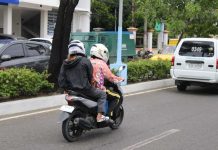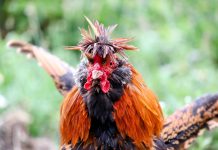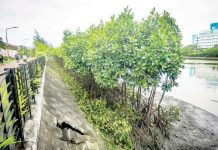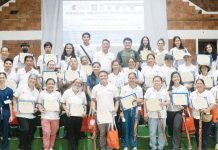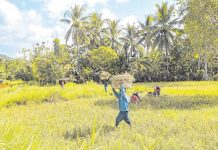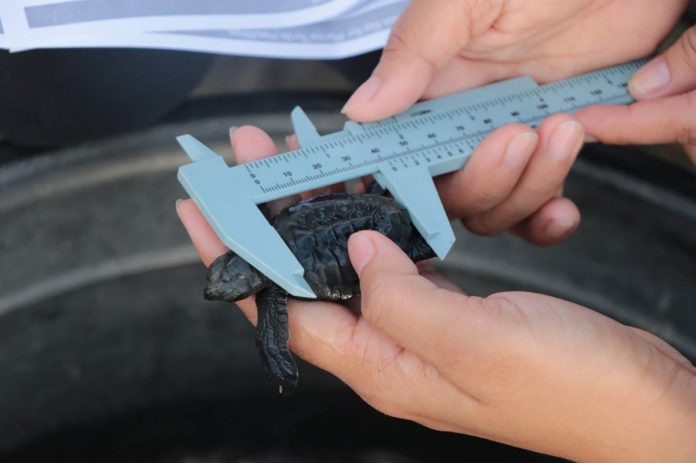
by Juliana Rose Pagador
THERE is hope for the sea turtles of Tigbauan in Iloilo province after members of the town’s youth organization spearheaded efforts to protect and conserve the nesting grounds of the olive ridley turtles (Lepidochelys olivacea) that are internationally classified as a “vulnerable” species.
Prompted by the discovery of a nesting site last Oct. 24, 2020 in the village of Atabayan, the Atabayan Youth Organization (AYO) set out to deploy protective measures to secure the area, given that marine turtles are a highly endangered species and are under the protection of Republic Act 9147, or the Wildlife Resources Conservation and Protection Act.
Led by 23-year-old AYO Chairman Larry Traifalgar, 68 turtle eggs were retrieved from the original nest and transferred a few meters to higher ground to keep them from the rising tide and stray dogs that began to gather around.
Few nesting sites
Hananiah Sollesta-Pitogo, officer-in-charge of FishWorld, a museum-aquarium center of the nearby Southeast Asian Fisheries Development Center Aquaculture Department (SEAFDEC/AQD), identified the hatchlings as those of olive ridley turtles.
Named for the color of its shell, olive ridley turtles are the most abundant species of sea turtles worldwide but are still classified as vulnerable by the International Union for Conservation of Nature and Natural Resources (IUCN).
This status is linked to the fact that they can only nest in a very small number of places, so any disturbance to even one nesting beach, such as residential and commercial development, can have huge repercussions to their population.
“We repositioned the eggs in another hole we dug to make sure they were away from potential dangers and remained free from any damages,” said Traifalgar.
With the guidance of SEAFDEC/AQD personnel, Traifalgar and other youth organization members placed chicken wire and a screen around the relocated nest to secure the eggs while they incubated on-site.
“We also assisted them in monitoring the site after we were given instructions on how to take care of the nesting grounds properly,” added Traifalgar.
Towards the end of Nov. 2020, three hatchlings surfaced from the nest and were immediately released to ocean waters.
The turtles have returned
Traifalgar also shared that this was the first time in decades that Barangay Atabayan became home to a sea turtle nest.
“Based on the stories of our ancestors in the barangay, the last time they saw a sea turtle in the area was way back in 1976,” said Traifalgar.
He also shared that a sungkit (motorized skimming nets)operator reported a late-night sighting of a sea turtle last Oct. 1, 2020, which they speculated was the mother of the eggs left onshore.
Sollesta-Pitogo said that female sea turtles always lay their eggs on the same beach where they were born once they become sexually mature.
In a 2015 study published in Current Biology, it was explained that sea turtles rely on the Earth’s magnetic field to find their way home. Different coastlines have their own magnetic signature, which the sea turtle remembers and homes to later on with the aid of their internal biological compass.
“With this in mind, there is a possibility that Barangay Atabayan can become a nesting ground for olive ridley turtles,” explained Sollesta-Pitogo.
Moving forward
As of now, Traifalgar shared that their barangay officials along with AYO members are currently working on an ordinance that would safeguard and limit human disturbances on sea turtle nesting grounds in their area.
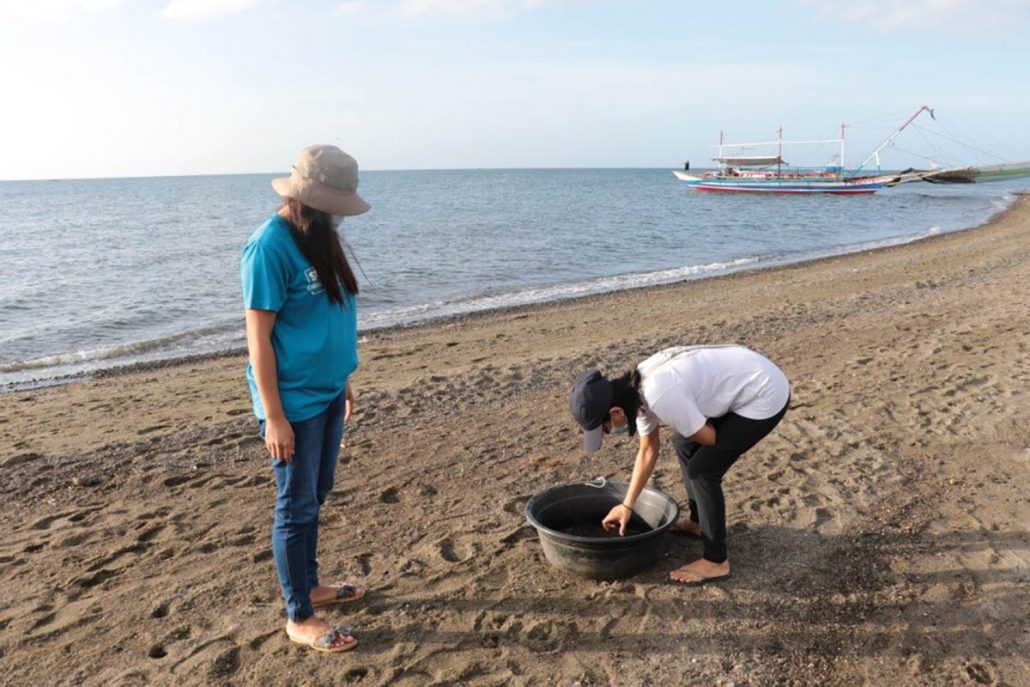
“To protect our wildlife, it’s important to understand how these species interact within their ecosystems and how they’re affected by environmental and human influences. By conserving wildlife, we’re ensuring that future generations can enjoy our natural world and the incredible species that live within it,” emphasized Traifalgar./PN

